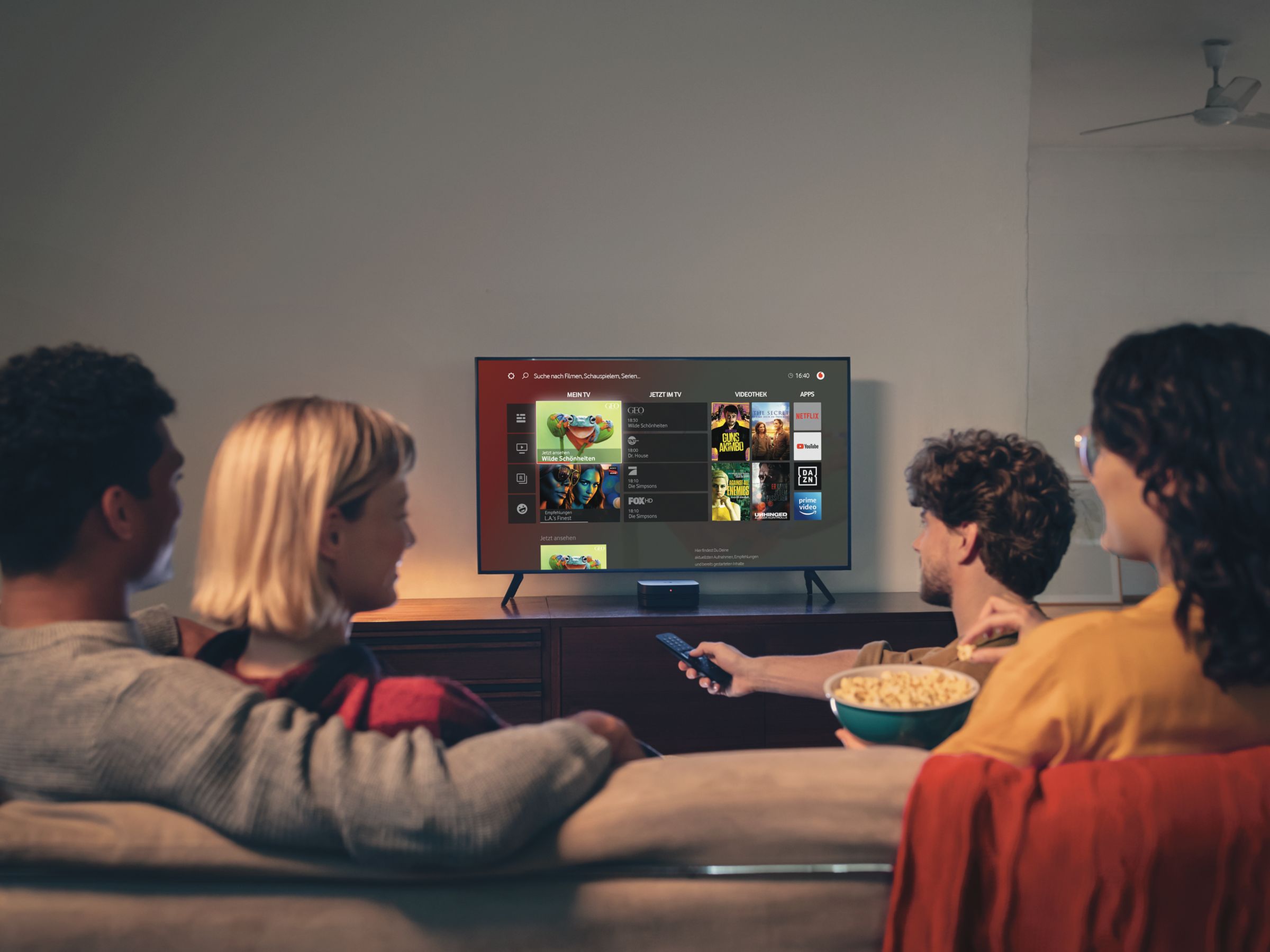In May, Vodafone first announced details of a planned conversion of television frequencies to its cable network. Now the cable giant has started implementing it. The whole process will last until spring next year and will cover all households with cable reception via Vodafone.
Vodafone wants it to be used regionally in a different way previously frequencies unify. This secures the order and also allows the supplier to get things done faster in the medium term Cable Internet to offer. The downside: numerous TVThis gives transmitters and radio programs a new frequency. There are up to 350 TV and radio programs in total.
Adaptation in regional TV technology locations (hubs) takes place step by step from hub to hub over several months. The reassignment of frequencies for the over 13 million should be completed Cable Tvcustomers in April 2023. Now things have started in the Nuremberg region. If you are having problems with TV reception from today it is due to the format change.
These are the other dates of passage
Gradually, Vodafone is making its way across Germany with its conversion. All dates are already fixed. Vodafone cites as an example
- Berlin (since 22/09/2022)
- Bremen (07.09.2022)
- Dresden (26.10.2022)
- Dusseldorf (20.10.2022)
- Essen (19.10.2022)
- Hamburg (from 25 October 2022)
- Hannover (ab 09.11.2022)
- Leipzig (from 20 September 2022)
- Mainz (13.10.2022)
- Munich (from 6 September 2022)
- Saarbrücken (from 9 November 2022)
- Stuttgart (09.11.2022)
In cities where Vodafone provides a “from” date, there are different dates depending on the district. You can find out when it’s your turn to make the change on the Vodafone website at www.vodafone.de/frequenzumbelegung Question. Currently, all concrete dates up to February are archived here. If you are late, your appointment will be added.
Anyone who has a direct contractual relationship with Vodafone must also be informed of the change by post. The change also affects customers who have theirs Cable connection above the rent to pay. Viewers watching through other cable service providers such as Pyur / Tele Columbus or Telekom TV look.
Many devices are designed to automatically read new frequencies
The change of frequencies will always take place at night. According to Vodafone, most TV devices would automatically search for channels. According to the cable provider, many of the customers would not even notice the switch. In particular, the receivers of Vodafone, Unitymedia or Sky as well as modern televisions will find channels automatically after the change.
Vodafone advises its customers not to disconnect their cable receivers and routers from the power supply at the time of the change and to check in the morning after the change whether all channels can be received as before. This should be the norm, especially with Vodafone’s end devices, as the broadcast slots (LCN numbers) of most broadcasters do not change.
However, Vodafone also admits that a channel search with old receivers from other vendors may be required. Depending on your device, you may need to adjust your favorite lists and reschedule your recordings to make everything work as usual.
This is how the TV signal arrives via Vodafone cable
To distribute the TV signal, Vodafone operates a total of five large broadcast centers. They are in Frankfurt-Rödelheim, Munich, Kerpen near Cologne, Stuttgart and Mannheim and distribute the television signal throughout Germany. In broadcasting centers, incoming data from television stations is processed into transmissible signals and from there it flows into the regional distribution network. This is where the so-called “hubs” are located. These are regional technological locations that supply the digital TV signal to the various regions and catchment areas. In addition, regional TV programs are added to the data stream here.
Vodafone made changes to the cable program last year, such as introducing a uniform range of programs. This was different due to the acquisitions of Kabel Deutschland and Unitymedia, especially in the area of niche channels.
In North Rhine-Westphalia, Hesse And Baden-Wuerttemberg there were also major channel changes. Another change will follow in the spring of 2023: the analog radio stations in the cable will be shut down. Here begins the previous digital activation of radio stations. In the other federal states there are no longer analog radio stations, but digital radio instead.


/data/photo/2019/12/20/5dfc0c8b9b9a5.jpg)